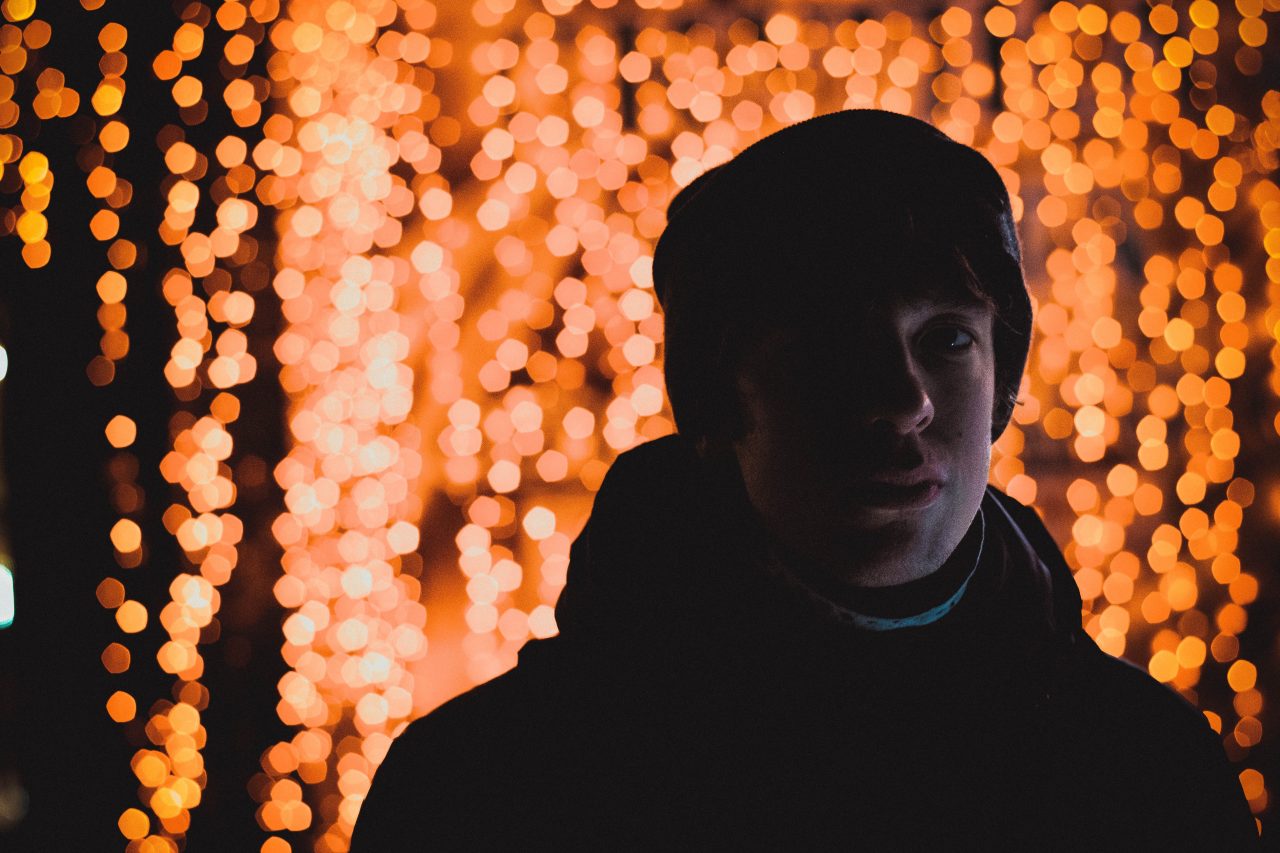It’s that time of year again; snow is falling, hot chocolate is steaming, and there’s a little less golden sunlight with every passing day. We all enjoyed that extra hour of sleep (we students cannot get enough ZZZs), and what’s not to love winter exams? Kidding. It’s time to say goodbye to shorts and sandcastles and hello to toques and tissue boxes. We’re heading into a beautiful season, but there are some things we’ll miss that won’t be back until next year.
For some people, this change is a little more impactful. Seasonal depression, also known as SAD and seasonal affective disorder, is a mood disorder that occurs every year at the same time. It usually starts in fall or winter and ends in spring or summer, but a rarer form called “summer depression” begins in late spring or early summer and ends in fall. While SAD tends to begin in early adulthood and is more common in girls than in boys, it can affect anyone.
Symptoms
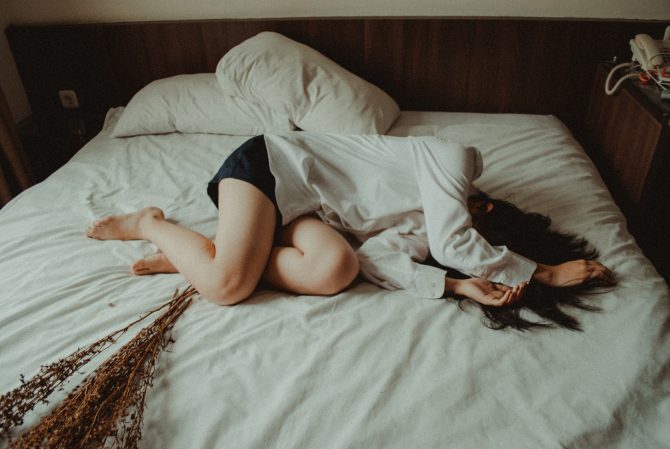
SAD symptoms are not unlike those of depression, and how severe they are can differ from person to person. Before we delve into seasonal depression symptoms, here are a few clarifications. Depression is way more than not being able to binge-watch that Netflix series you were procrastinating with last night. People often misuse this word in their daily vocabulary, but being depressed is feeling a sad, crippling mood that:
- can last all day, every day (or almost);
- lasts for more than two weeks;
- has a negative impact on your performance at school, at work, or in social relationships.
Using the right words for the right things helps those who need help to get it, and to be taken seriously. There are symptoms for seasonal depression in general, such as:
- losing interest in the things you usually enjoy doing;
- having problems with sleeping;
- changes in appetite and weight;
- feeling sluggish or agitated;
- trouble concentrating, remembering or making decisions;
- withdrawal from family members and friends;
- crying easily, or feeling like crying and not being able to;
- feeling hopeless, worthless, or guilty;
- frequent thoughts of death or suicide.
Then there are symptoms specifically for fall and winter SAD, which include:
- having less energy;
- having trouble concentrating;
- fatigue;
- having a greater appetite, especially for foods high in carbohydrates;
- a greater desire to be alone;
- an increased need for sleep;
- weight gain.
Finally, there are symptoms specifically for spring and summer SAD, such as:
- having a smaller appetite;
- having trouble sleeping (insomnia);
- agitation or anxiety;
- weight loss.
Causes
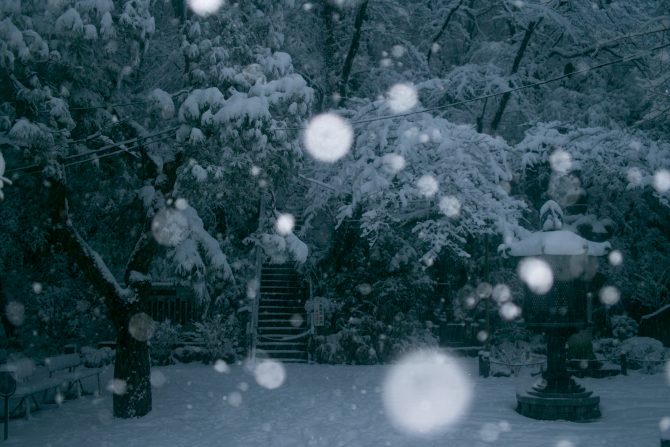
The exact causes of SAD are unknown, but there are some theories.
- There is a biological clock in our brains that regulates our body’s rhythms associated with our planet’s rotation (circadian rhythms). This physiological function may include mood changes when there is less sunlight in the wintertime since the clock is affected by sunlight.
- There is less sun during the fall and winter, so the brain produces less serotonin. Serotonin is a chemical made in the central nervous system. Since it plays a part in sleep and mood regulation, not having enough of it can lead to feelings of depression, fatigue, and weight gain.
- Like with serotonin, the change in season can also affect the balance of your body’s level of melatonin, another chemical that plays a role in sleep patterns and mood.
- Other hormones in the brain might trigger attitude-related changes depending on the time of year.
Treatment
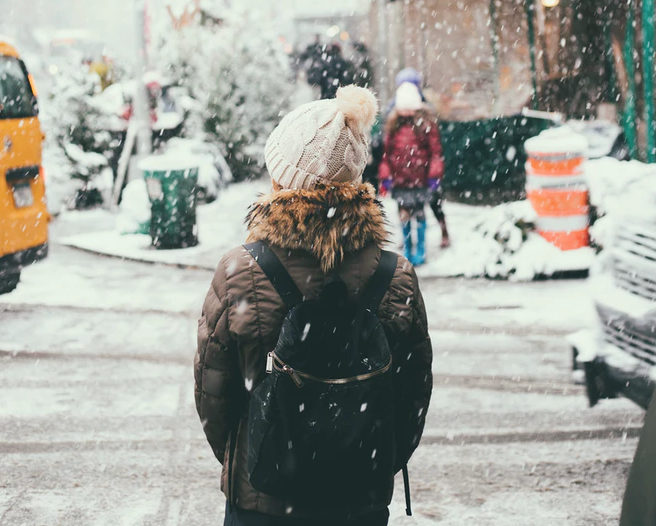
There are different treatments depending on how severe your symptoms are, as well as if you have another type of depression or bipolar disorder. Some treatment options include:
- antidepressants;
- psychotherapy;
- going outside in the morning for more natural light;
- light therapy.
Light therapy, also known as phototherapy, involves you, a seat, and a full-spectrum bright light. Remember your biological clock, and how light affects it? In light therapy, you sit about two feet away from a bright artificial light that shines indirectly into your eyes. Don’t look directly at the light source; you might risk damage to your eyes!
Light therapy starts with one session of 10 to 15 minutes per day. Depending on your response, the times increase to 30 to 45 minutes per day. Recovering from SAD by using light therapy may take more or less time than someone else, but it’s a good idea to continue it until the sun comes back in the springtime.
Prevention
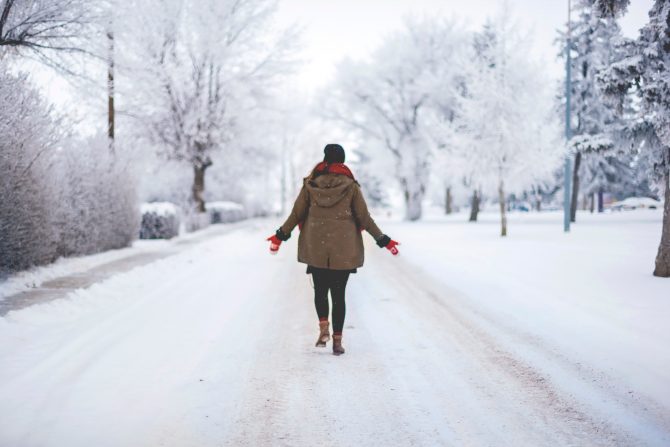
Don’t worry—no one is doomed. Here are some ways to prevent SAD.
- Go on a date with daylight! Even when there are clouds out, make it a daily routine to spend some time outside. Schoolwork may be keeping you locked up in your room, but try working while on your front steps or in your backyard.
- Get in the spotlight! Start using a lightbox when fall starts, before you feel the effects of winter SAD. Ask your doctor if the practice provides them. There are several types of light devices available that can be used at home, but they are usually expensive and might not be covered by your insurance.
- Eat a well-balanced diet! Good food will help you have more energy even if SAD wants to keep you down.
- Exercise! Aim for 30 minutes a day, five times a week.
- Make sure you have social support! Stay involved with your social circle and participate in regular activities.
Being a student with seasonal depression can be rough. School comes with homework, projects, and exams, not to mention the school and sports events if you like to be involved. If that already feels overwhelming, trying to handle it with SAD won’t feel like a walk in the park. You may lack the energy or motivation to do what’s on your schedule and stay awake in class, or start isolating yourself from friends.
No matter how dark and impossible things may seem, it’s important to recognize when you need help. Talk to a parent, doctor, or school counsellor. They’ll help you find ways to work through it, one step at a time.
Sun or no sun, don’t let seasonal depression keep you down. Push back, do your best, and aim for the stars all year long!

Liked this article? Get more resources for students!
*Opinions expressed are those of the author, and not necessarily those of Student Life Network or their partners.

